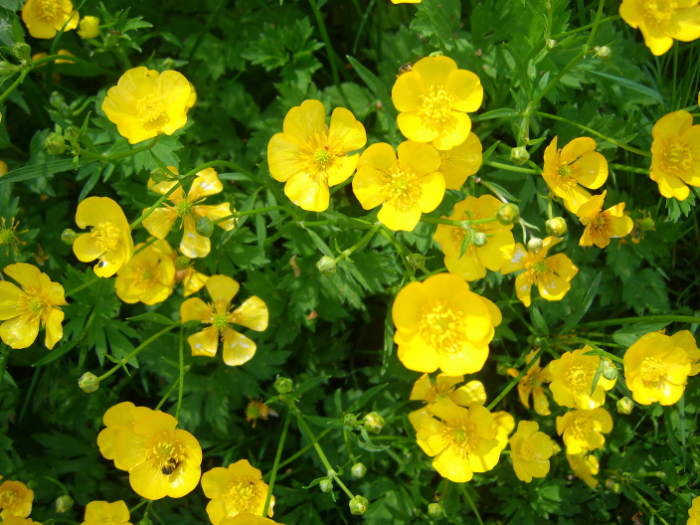
The giant hogweed does not have the word "giant" in its name for nothing. It can reach over 10 feet (3 m) in height. It is considered an invasive species since it grows so fast, and it may pose a risk to travelers that run into it.
Although its flowers may be kind to the eyes, the giant hogweed has a secret weapon – its sap. When it comes into contact with skin, it can cause photodermatitis or photosensitivity, two conditions in which the skin becomes very sensitive to sunlight and may develop blisters, pigmentation, and scarring upon exposure. This reaction, triggered by the sun's ultraviolet rays, will likely occur at least a day after the sap gets on the skin.
According to the New York Times, the giant hogweed is native to the Caucasus mountains in southwest Asia, but it was brought to the United States circa 1917 as an ornamental plant. This may sound puzzling, but this potentially harmful plant is truly impressive when fully grown – it is simply enormous. This makes it easy to identify and avoid, so we wouldn’t be too worried about an unsolicited accidental encounter with giant hogweed.
